
Instructions
To use correctly
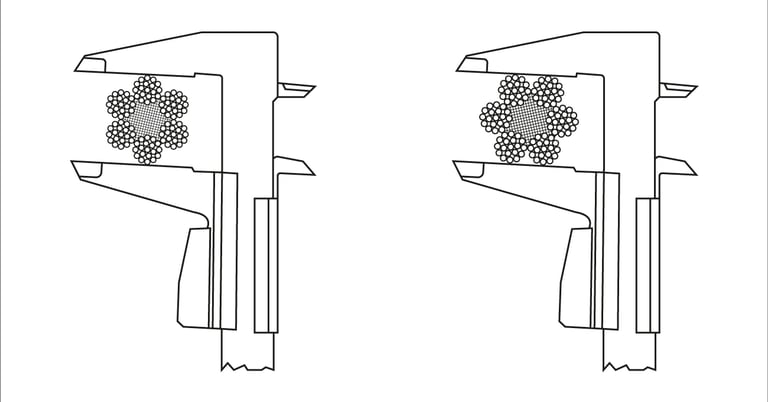

Pre-usage inspection
Once you have chosen your rope, you need to take care of it responsibly:
Visual Inspection: Before each use, inspect the rope for visible damage, such as breaks, kinks, wear and corrosion.
End Inspection: Make sure the ends of the ropes are securely fastened and free from fraying.
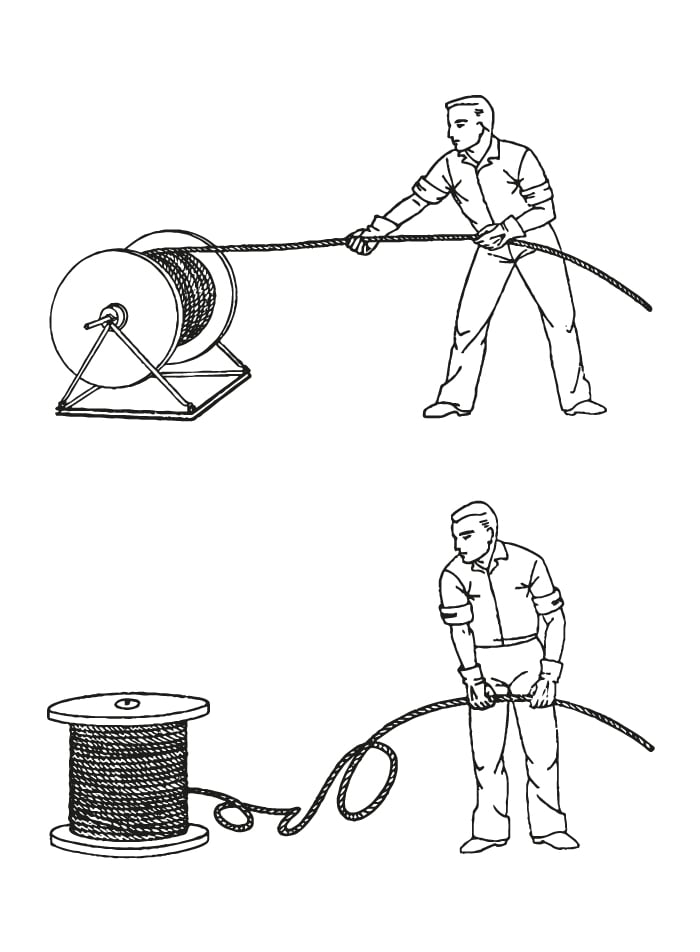

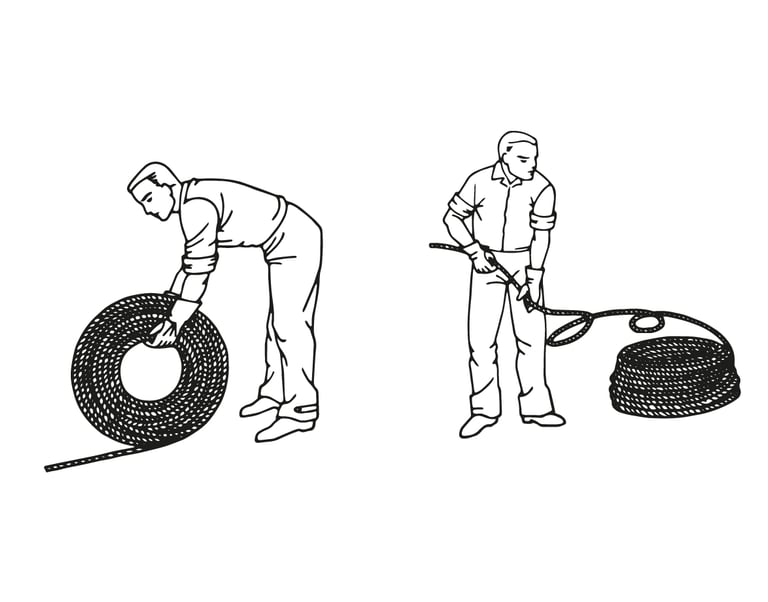

Safe Installation
Optimal Positioning: Before installation, carefully evaluate the position and orientation of the rope to avoid excessive twisting and bending. Make sure that the rope does not come into contact with abrasive surfaces or sharp edges. The diameter of the pulley must be at least 20 times the diameter of the rope. The diameter of the pulling drum must be at least 25 times the diameter of the rope.
Use of Appropriate Accessories: Use clamps, thimbles and anchoring devices suitable for the type of application and the installation surface. Check that the accessories are securely attached and show no signs of damage.
Working Load: Never exceed the specified working load rating of the rope. See the data sheet for details.
Gradual Movements: Apply loads gradually to avoid shocks that can damage the rope.
Rope Protection: Avoid contact with abrasive surfaces, sharp edges and chemicals that can compromise the integrity of the rope

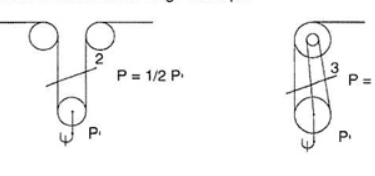
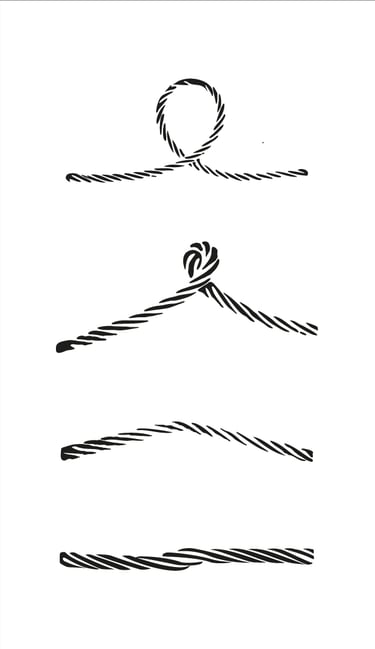

·It is also necessary To avoid twisting the rope and creating knots.
In fact, there will be a high risk of breakage near them.
Maintenance and replacement
· Regular Cleaning: Clean the rope periodically to remove dirt, grease and other substances that can cause premature wear.
Lubrication: Apply lubricants specifically designed for steel wire ropes to maintain flexibility and prevent corrosion.
Storage: Store the rope in a dry, well-ventilated area, away from heat and chemicals. Signs of Wear: Replace the rope if you observe obvious signs of wear, corrosion or structural damage.
Period of Use: Even if there is no visible damage, replace the rope periodically based on usage specifications and operating conditions
Choose the rope
To choose the rope we must take into account the working load, the minimum breaking load and diameter. If it is necessary to replace a rope that has already been used, the diameter must be measured correctly:
Right Wrong
The minimum breaking load of the rope must be at least 6 times the expected working load, and 8 times for construction applications. To calculate the working load correctly, refer to the example shown in the photo.
Usage
Please note:
These instructions are general and may vary depending on the specific type of steel wire rope and application. For further details, refer to the technical documentation supplied with the product, the instructions for the machines used or the advice of qualified technicians and engineers.
Contact Us
Phone: +39 0735 588861
+39 0735 582846
Email: info@funi90.it
Pec: funi.90.srl@pcert.postecert.it
Address:
Registered Office: Via Venezia Giulia 4, 63074, San Benedetto del Tronto
Administrative Office: Via Buonarroti 1, 63075, Acquaviva Picena
Produts
About Us
Instructions
Contacts
Funi 90 srl © 2024 - Partita Iva 01280390442
Terms and conditions
Privacy Policy


Website created by - vantaggiodigitale - marketing agency
